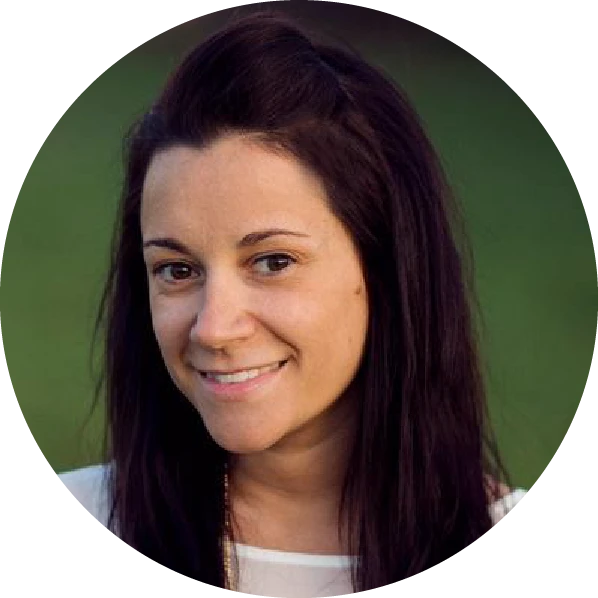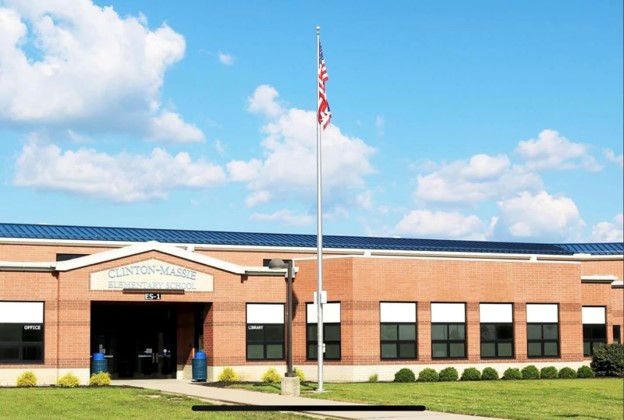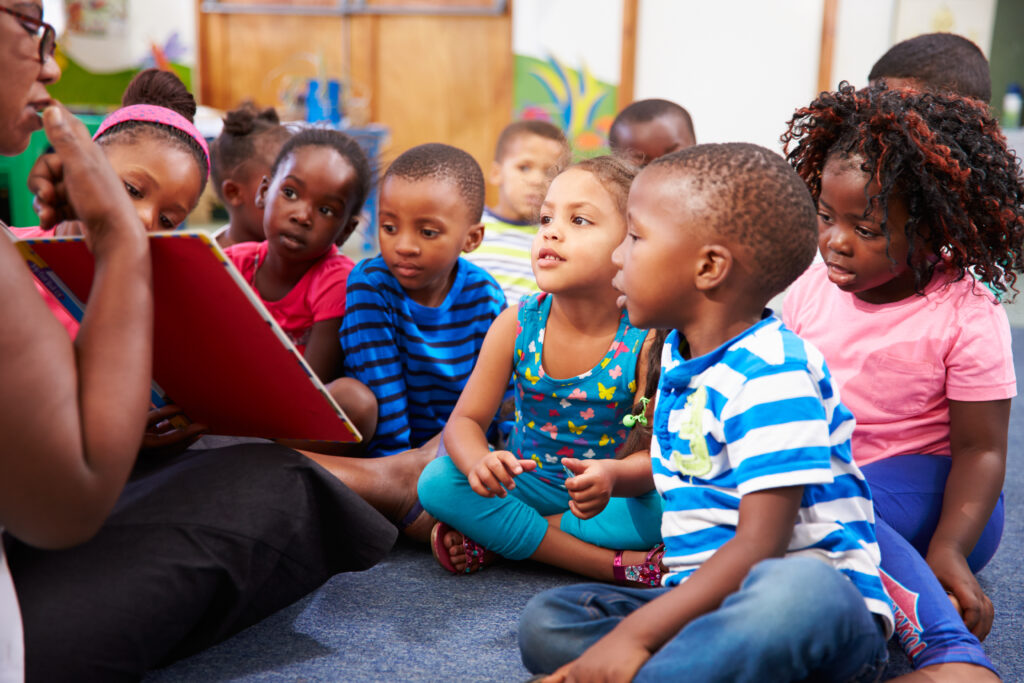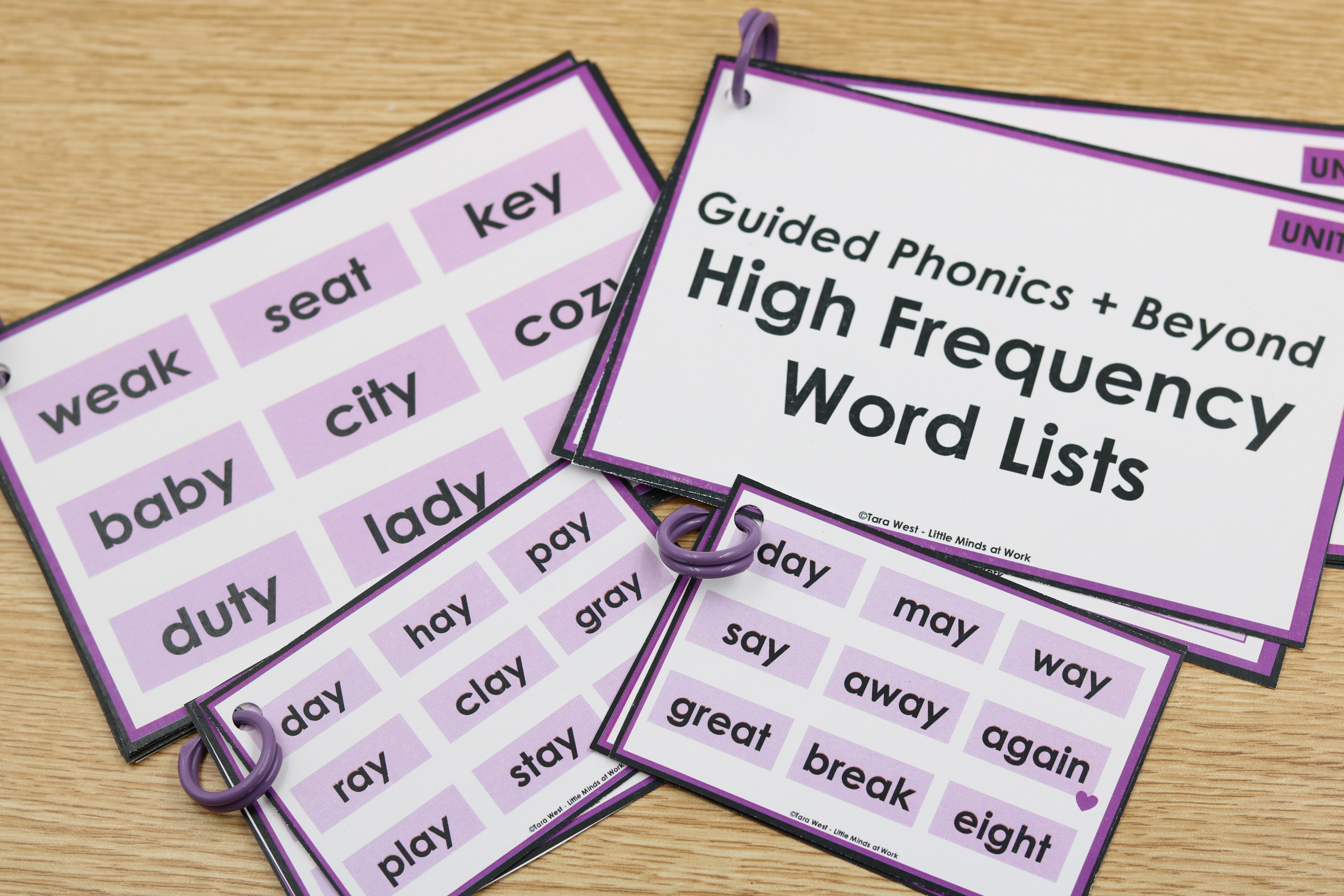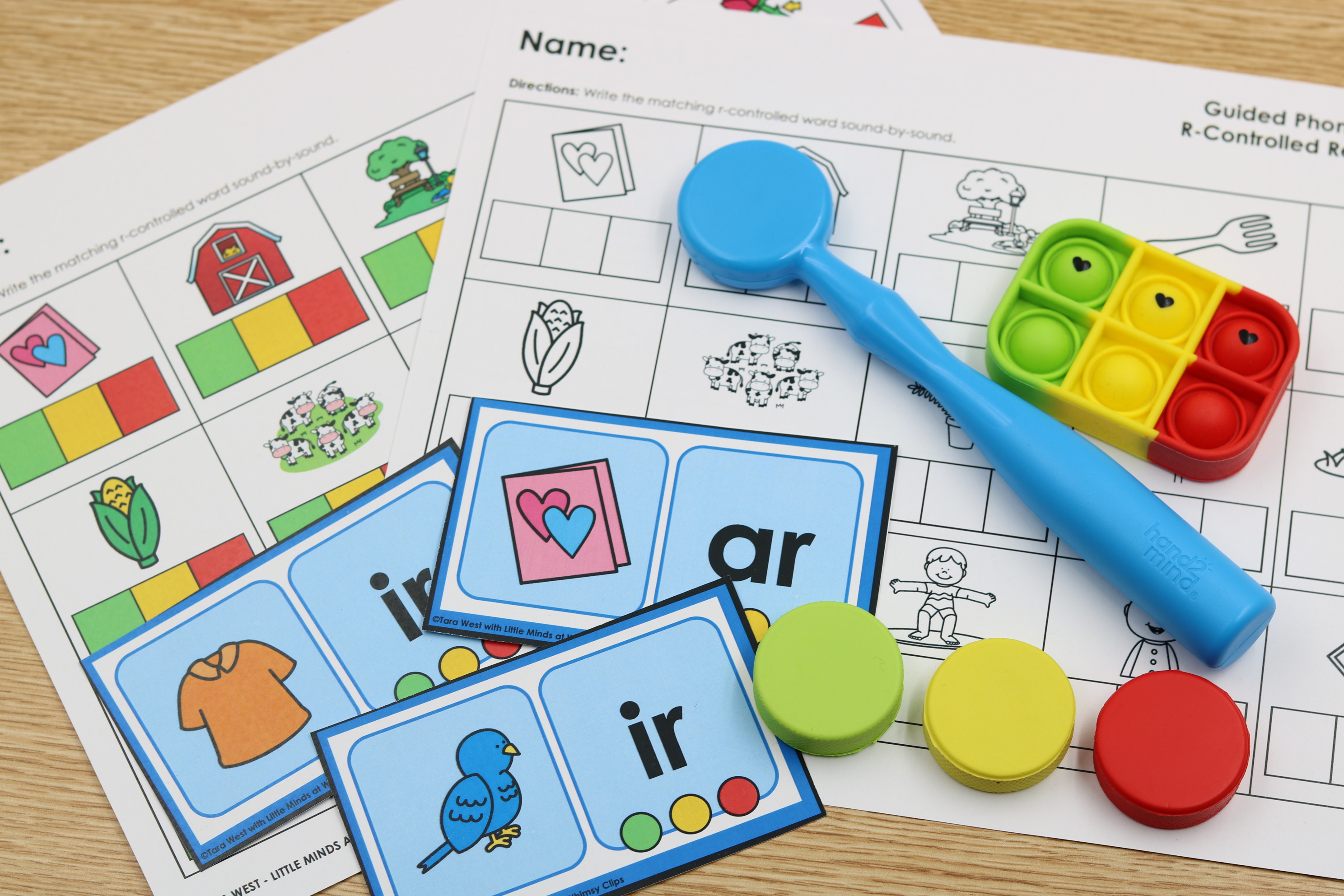This blog post is part of a Science of Reading series. This post is written by Melinda Harris.
Pivotal moments in our careers, we all have them, and this one opened our school’s doors to the Science of Reading. I remember it vividly…
I was sitting in my principal’s office explaining why phonological awareness was a crucial component of reading instruction that we had been missing. Unsure if I was making any sense, I asked, “Do you mind if I draw the brain to show how it learns to read?” She didn’t mind. In fact, she found the science as fascinating as I did, and it was in that moment we unknowingly embarked on our journey to bring the SOR to the teachers, and most importantly, to all the students of our school.
Oxford Languages defines “journey” as “a long and often difficult process of personal change and development”. To think of the Science of Reading as a journey is an accurate description. I naïvely began this adventure thinking it would be smooth sailing. Parts have been easy, but many parts have been difficult. I’m here to share what I’ve learned in hopes of making your school’s transition a little easier.
Table of Contents
Administration
My school is fortunate to have administrators who continue to have an interest in learning new concepts. Both my principal and vice-principal were not only interested but eager to learn about the science. They read articles and books, watched webinars, and attended PD which increased their knowledge of the Science of Reading. They also knew their limitations. Amongst all their daily duties, they were aware they couldn’t be the experts on everything. So an important part of our school’s transformation was developing a team of Science of Reading experts. Through our combined expertise, collaboration, and support from our superintendent, we began to develop our plan of transformation.
Our Plan
We knew moving from balanced literacy was a huge endeavor, one that would take a 3-5 year plan. The plan we developed is a living plan. This means that we make modifications as needed or if unexpected things happen (like covid!!). Here’s what we developed:
Year One: Teachers are formally trained on how to teach phonics systematically and explicitly (Orton-Gillingham). Teachers begin to use explicit phonological/phonemic awareness instruction. Support staff begins benchmarking all students K-5 using DIBELS.
Year Two: Teachers continue to grow and understand how to implement explicit and systematic phonics and phonological awareness instruction through collaboration, PD, and book studies. They are trained to give DIBELS assessments with fidelity and are given time to learn what DIBELS results mean in relation to the reading brain. Teachers slowly take over testing responsibilities.
Year Three: Pilot and investigate curriculum to support the comprehension component of reading.
Year Four: Choose, train, and implement comprehension curriculum with year-long staff support.
(Years three and beyond: Teachers continue implementing explicit phonics and phonological awareness instruction. Teachers continue to monitor students’ progress using DIBELS.)
We are currently on year two of our plan. We know that year three and four will evolve and become more detailed as this year unfolds. Our plan’s evolution will be driven by a very important component of the SOR, data.
Data (DIBELS)
Data drives instruction. We’ve all heard it (and we’ve all rolled our eyes at the repeated phrase!!), but it’s true. Our school has chosen to use DIBELS 8th edition to benchmark and progress monitor student growth. The subtests are very informative, in that each test gives insight into each student’s reading brain. With this data, we can pinpoint a student’s strengths or weaknesses in phonemic awareness, phonics (alphabetic principle), or even if further evaluations are necessary. Being trained to give normed assessments with fidelity has been crucial, but understanding these results in relation to how the brain learns to read has revolutionized our ability to teach reading effectively. Using data to be purposeful and prescriptive in our reading instruction has been a key element in our transition from balanced literacy to the Science of Reading.
Vulnerability
With the discussion of data, we have to talk about vulnerability. This journey hasn’t been easy. As we’ve analyzed our data, we have felt very vulnerable both as individuals and as a school. Data not only showed us our students’ strengths and weaknesses, but it also showed us the strengths and weaknesses of our own instruction. Upon reflecting, our hearts have hurt. They have hurt when our results aren’t what we’ve been expecting, leading us to wonder, “What am I missing?”… ”What didn’t I do right?” Ironically, our hearts have also hurt when our results have been fabulous, “All the students I failed”…”Why didn’t anyone teach me this in college?”
On a deeply personal level, bringing about change has sometimes been lonely. I had a naïve innocence when this journey began. I thought everyone would be as excited about the Science of Reading as I was, but there has been hesitancy. When I reflect on this, I understand. The Science of Reading requires teachers to give up strategies and materials that they have nurtured and loved. These changes are hard and uncomfortable. It’s in these moments of professional and personal vulnerability that I have learned the importance of a support network.
Support
Sometimes our network of support has been in the building and sometimes not. It’s been beneficial to have support of all expertise and levels. There have been times when the needed advice was instructional, and there have been times when the needed support was simply to hear, “I understand how you are feeling” or “Don’t give up! You’re making a difference”. Having a support network has been a must, but being a support to others on their journey has been equally important.
Personal Growth
Being a voice of encouragement and change as our school transitions to the SOR is a role I haven’t taken lightly. I feel a keen sense of responsibility to keep informed and well read in the Science of Reading and how the brain learns to read.
As you or your school embark on your journey into the Science of Reading, I will share with you the authors and researchers who have made the biggest impact on my learning: David Kilpatrick, author of “Equipped for Reading Success” and “Essentials of Assessing, Preventing, and Overcoming Reading Difficulties”. Stanislas Dehaene, cognitive neuroscientist and author of, “Reading in the Brain: The New Science of How We Read” and “How We Learn”. David Sousa, author of “How the Brain Learns to Read”. And Natalie Wexler, educational journalist and author of, “The Knowledge Gap: The Hidden Cause of America’s Broken Education System and How to Fix It”. I encourage you to not only read their books, but to also watch their lectures and interviews which can easily be found online.
And lastly, please know that my passion to bring the Science of Reading to teachers and students doesn’t stop at the doors of my school! We are all on this adventure together, and if you find yourself or your school needing advice or support, my inbox is open! Together we can bring effective reading instruction to all students!
In Conclusion
Thank you so much Melinda for helping us tackle this BIG hurdle when it comes to implementing a Science of Reading approach. Reach out to Melinda at Melinda.Harris@cmfalcons.org. Be sure to catch all future blog posts in the series by viewing THIS tab. Thanks so much for joining in and see you again soon! – Tara West
Amazon Disclosure: This post contains affiliate links, meaning, at no additional cost to you, I will earn a commission if you click through and make a purchase.)

